“Appliances – Ventilation System” includes two somewhat different sub-components. Exhaust fans, in this case kitchen ventilators, move stale air, cooking smoke, and excess moisture out of the home. This is essential for safety and a healthy indoor environment. Equally important are dryer vent systems, notably the transition and exhaust ducts, and their terminations. These carry lint-filled, warm, moist air out of the house. This has both health and safety implications. Dryer venting has been provided here, as well as in the component “Appliances – Dryer” to enable reporting on concerns with the ducts when a dryer is not present.
Exhaust fans and dryer venting should always discharge to the exterior of the home. The attic, crawlspace, wall cavity, and garage are not appropriate. An effort must be made to identify the termination, which can be tricky. Exhaust fans that vent inside can cause grease build-up, condensation, mold, and mildew. Dryers must be able to freely discharge outdoors. Any configuration that causes lint build-up is a fire hazard. Vent hoods must be in good condition and free of screening. Maximum effective duct length limits must be observed.
The exhaust fan is inoperative. This prevents normal use. Repair or replace the exhaust fan.
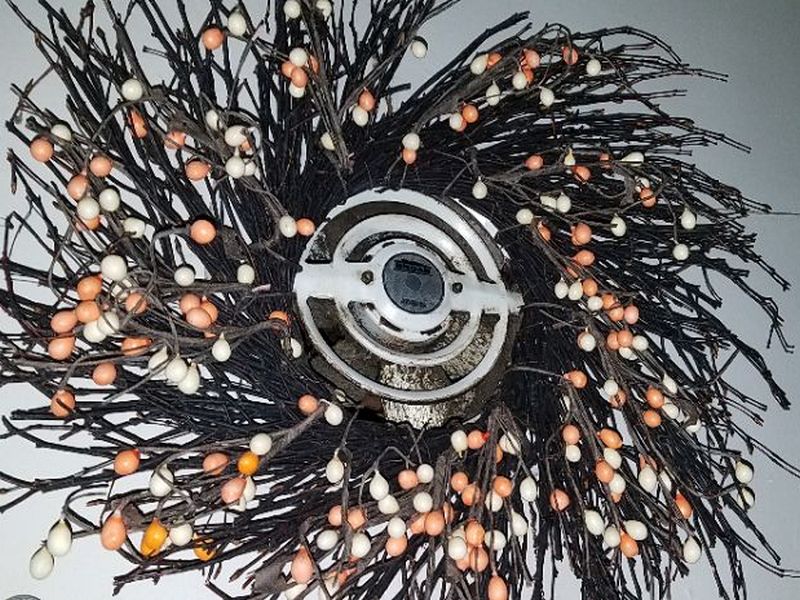
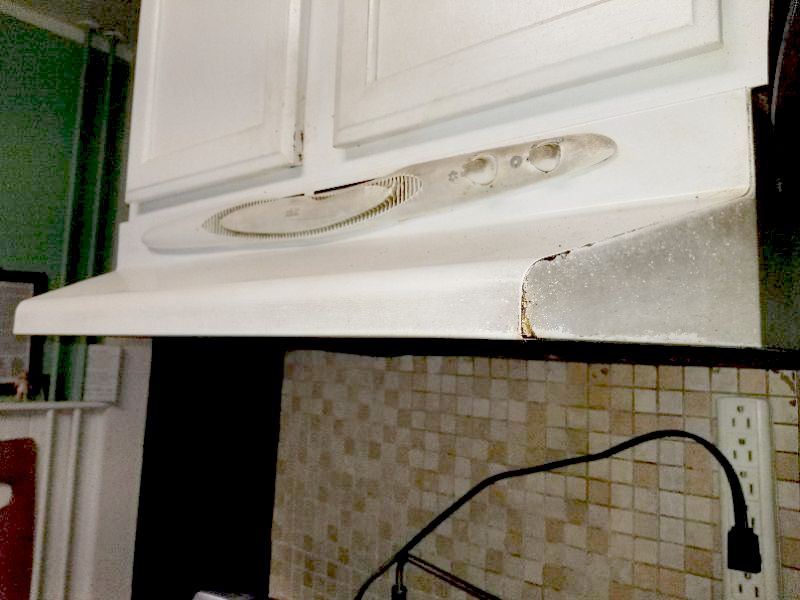
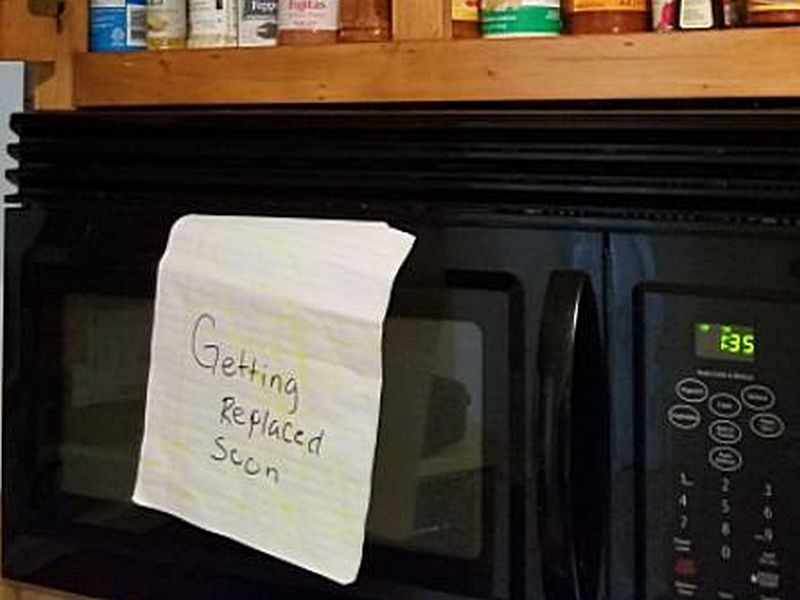
The exhaust fan terminates into the attic, which creates moisture in the attic, and may cause mold and mildew problems. This is also a fire hazard. Reroute the fan to the exterior.
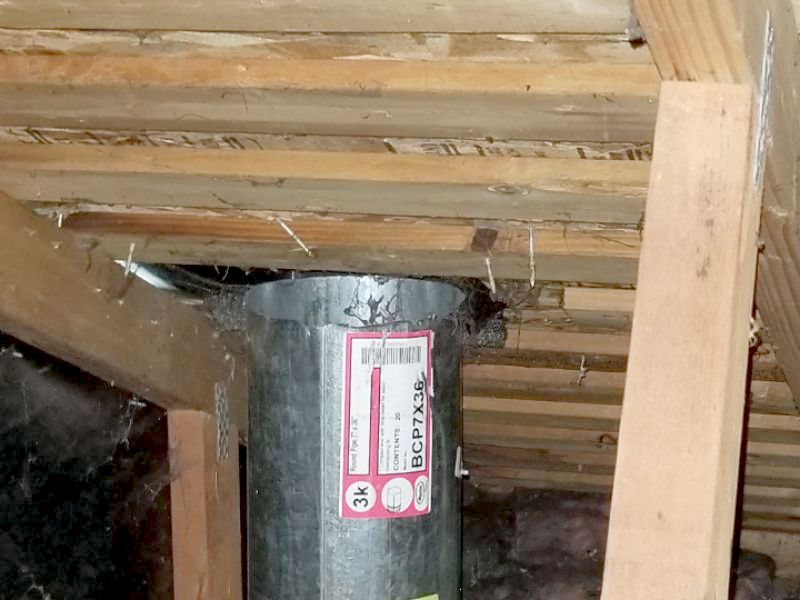
The exhaust fan terminates in the garage, which creates moisture inside the garage. This is a fire hazard. The exhaust fan also creates a path for exhaust fumes, smoke, or fire to enter the house. Reroute the fan to the exterior.
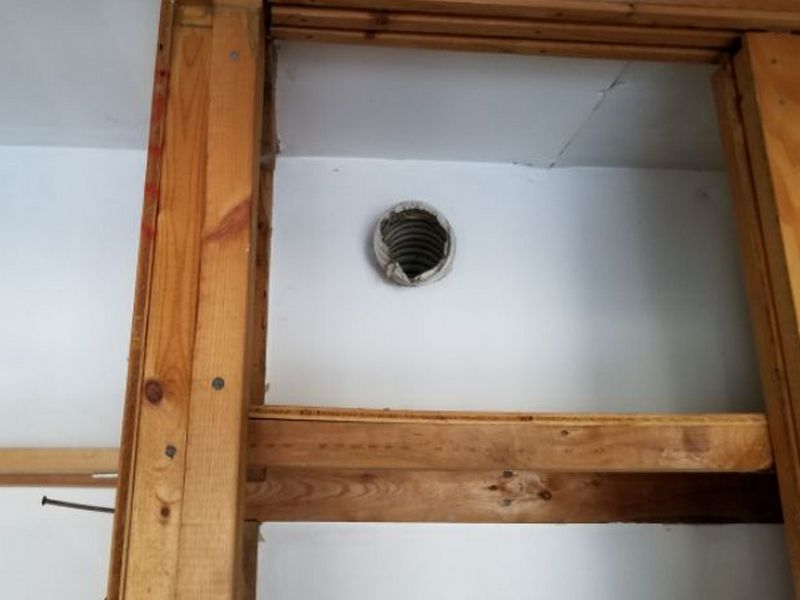
The exhaust fan terminates into the crawl space, which creates moisture in the crawl space, and may cause molds and mildew problems. This is also a fire hazard. Reroute the fan to the exterior.
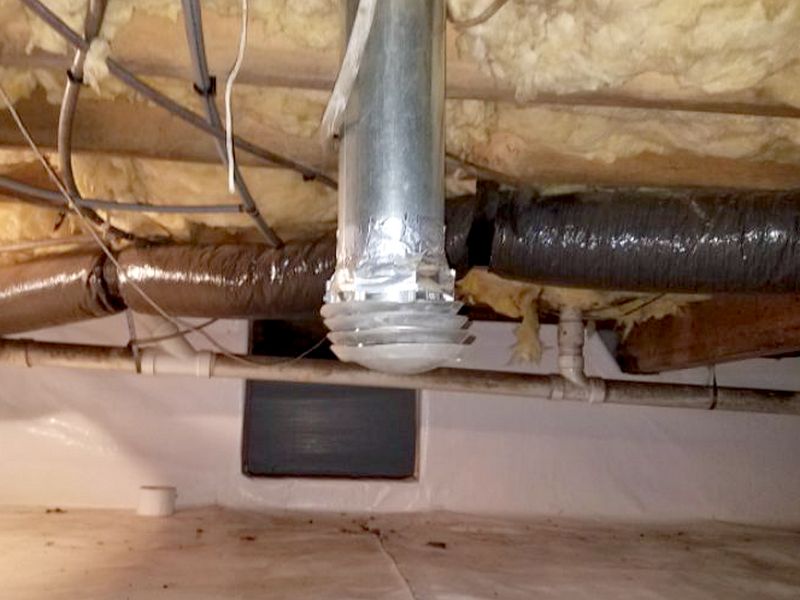
The exhaust fan filter is missing. This is a safety concern. Replace the filter.

The exhaust fan is dirty. Dirt and grease build-up are fire hazards. Clean the exhaust fan.
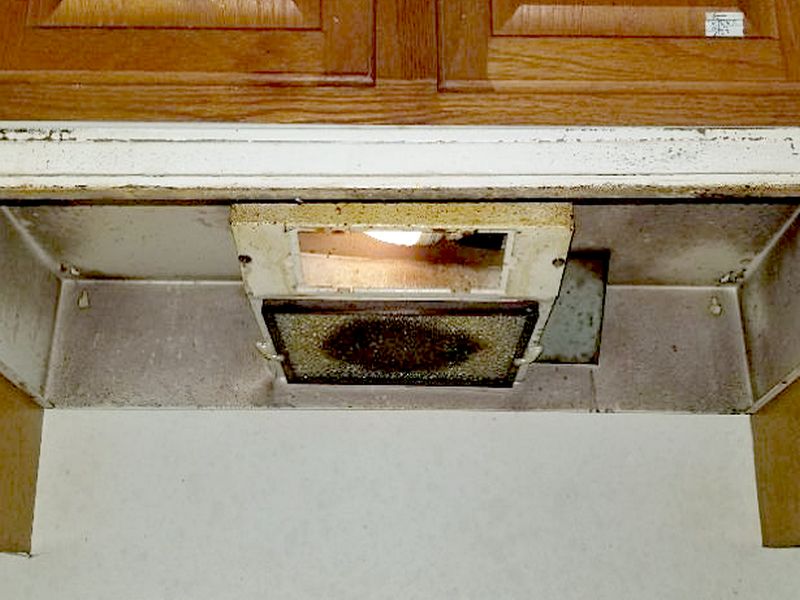
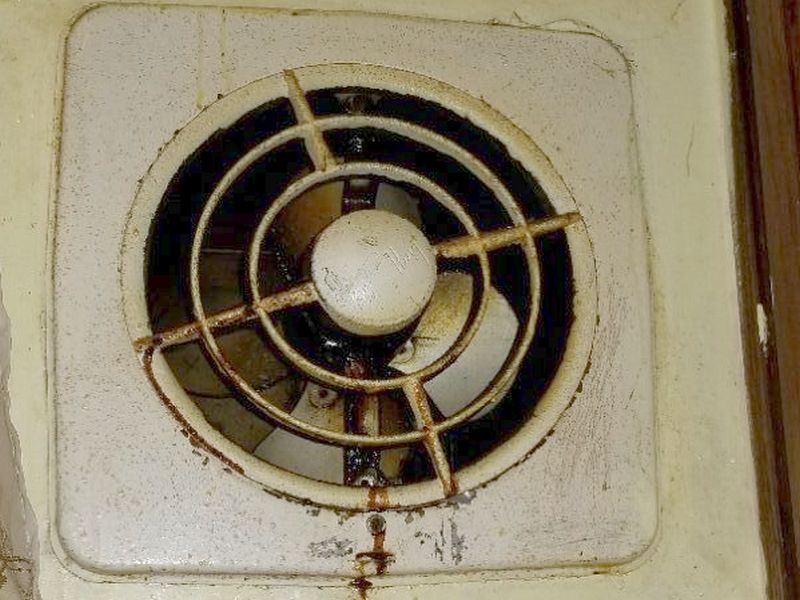
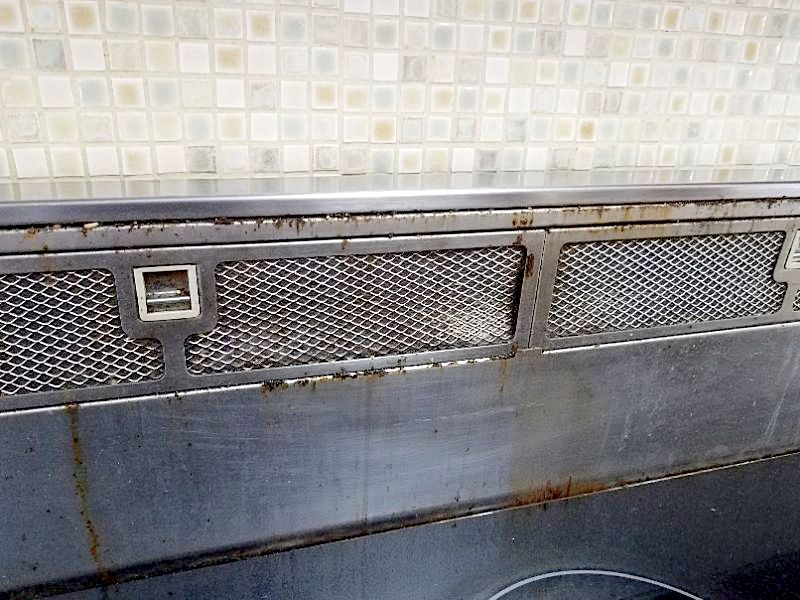
The exhaust fan vent pipe material is not recommended for kitchen exhausting applications. This is a fire hazard. Replace the pipe.
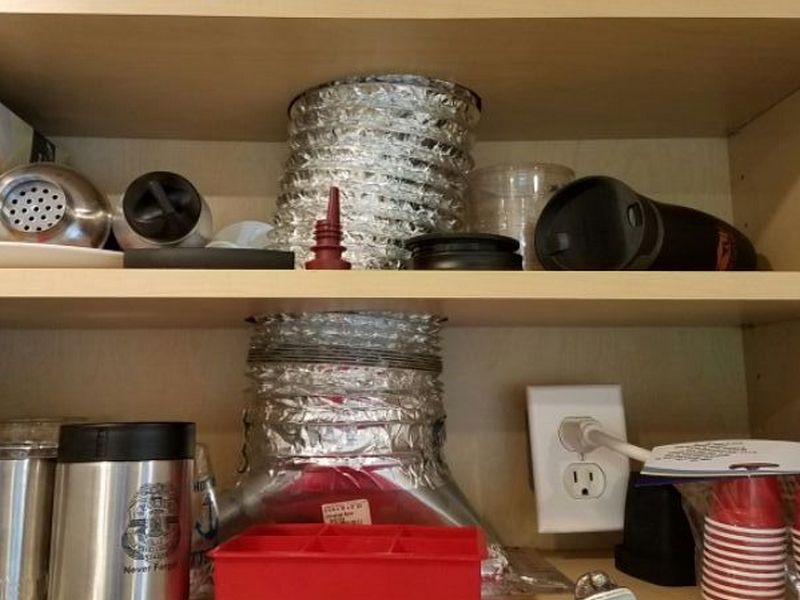
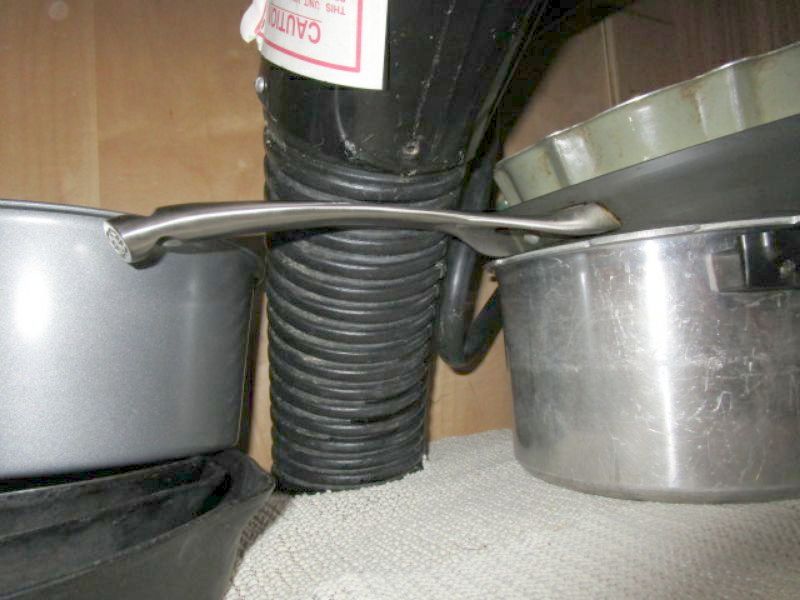
The exhaust fan controls are broken or missing. This affects proper operation. Repair or replace the controls.
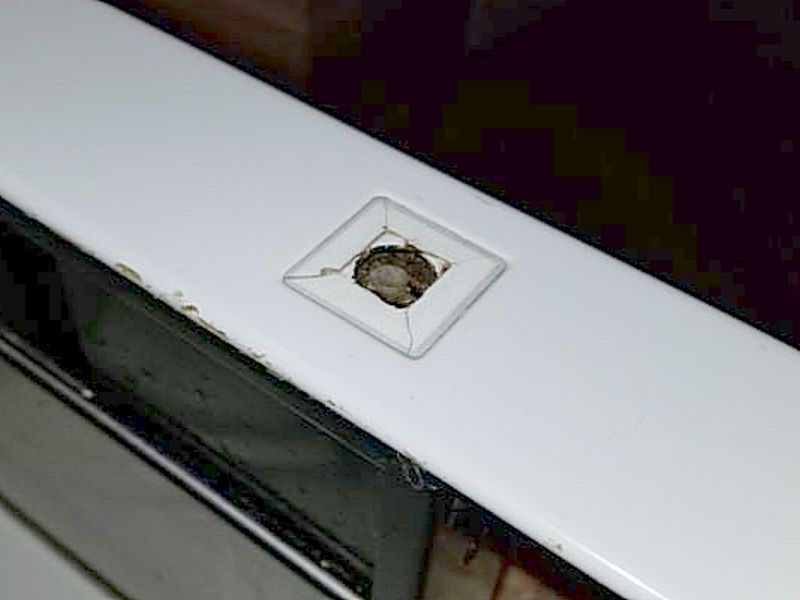
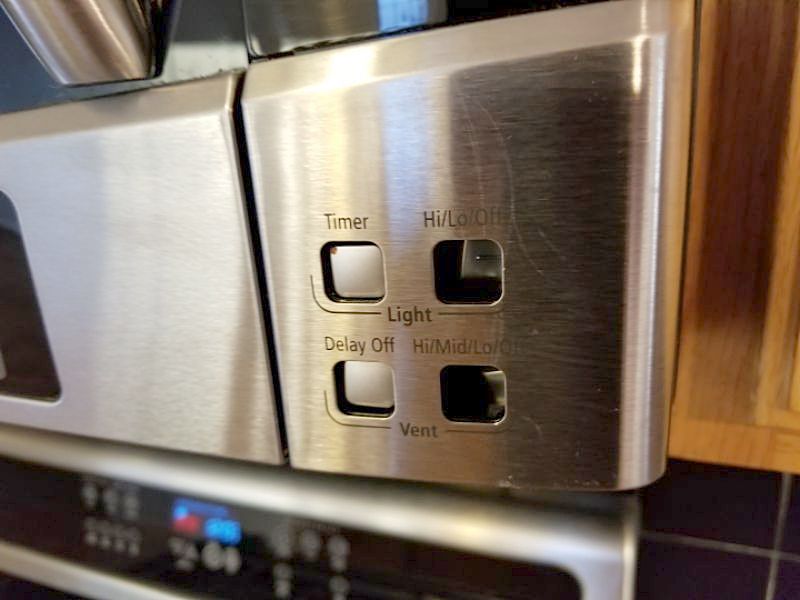
The exhaust fan exterior cover is damaged or missing. This is a safety concern. Repair or replace the cover.


The exhaust fan damper is missing or inoperative. This allows exterior air to enter. Repair or replace the damper.
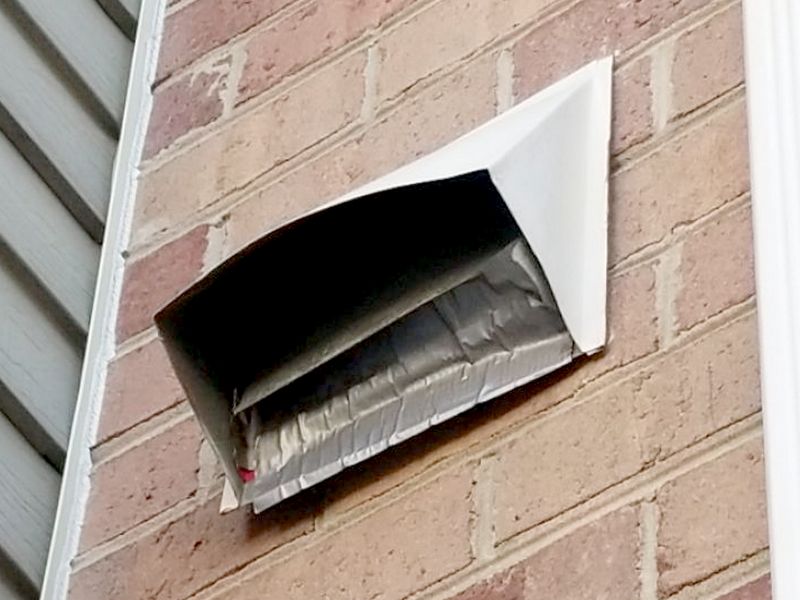
The dryer’s vent pipe has excessive lint buildup. This is a fire hazard. Clean the vent pipe.
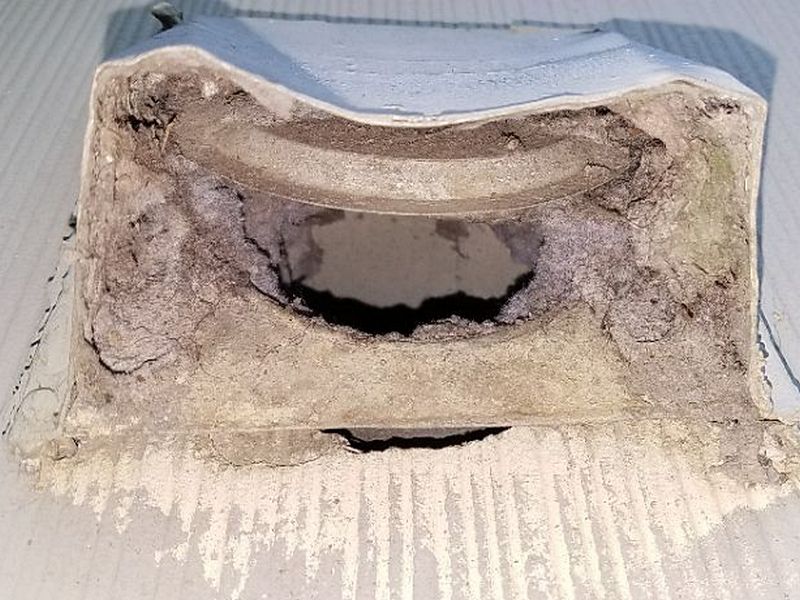
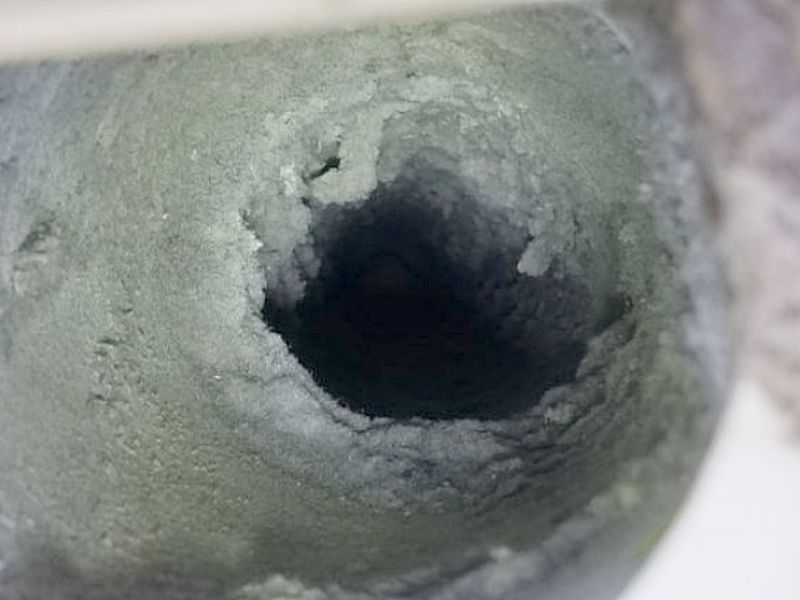
The dryer’s vent is an improper material. This is a fire hazard. Replace the vent.
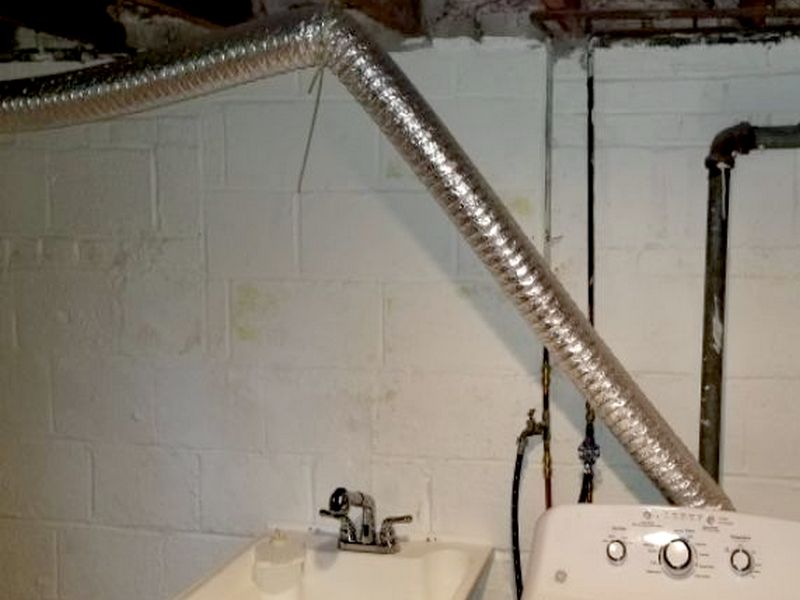
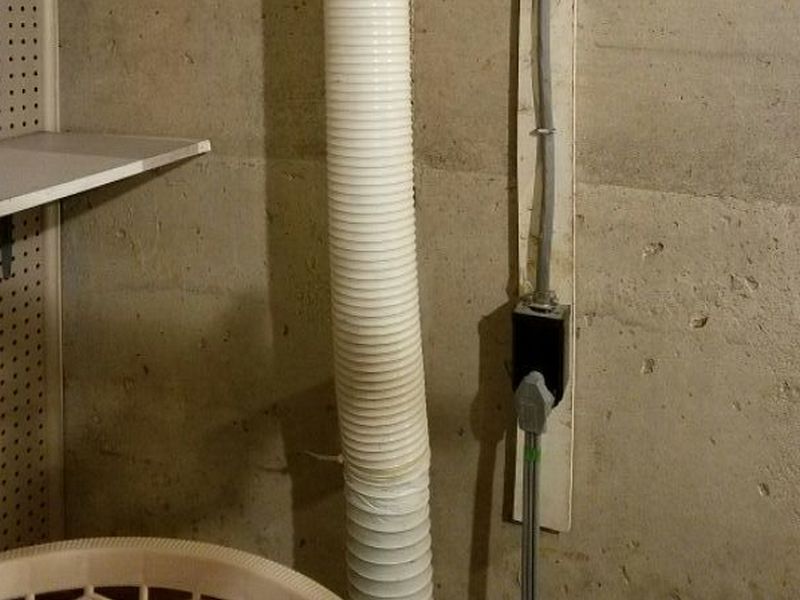
The dryer’s vent terminates inside the house. This creates moisture in the house and may cause mold or mildew problems. It is a fire hazard. Reroute the vent to the exterior.


The dryer’s vent terminates into the crawl space. This creates moisture inside the crawl space and may cause mold or mildew problems. It is a fire hazard. Reroute the vent to the exterior.
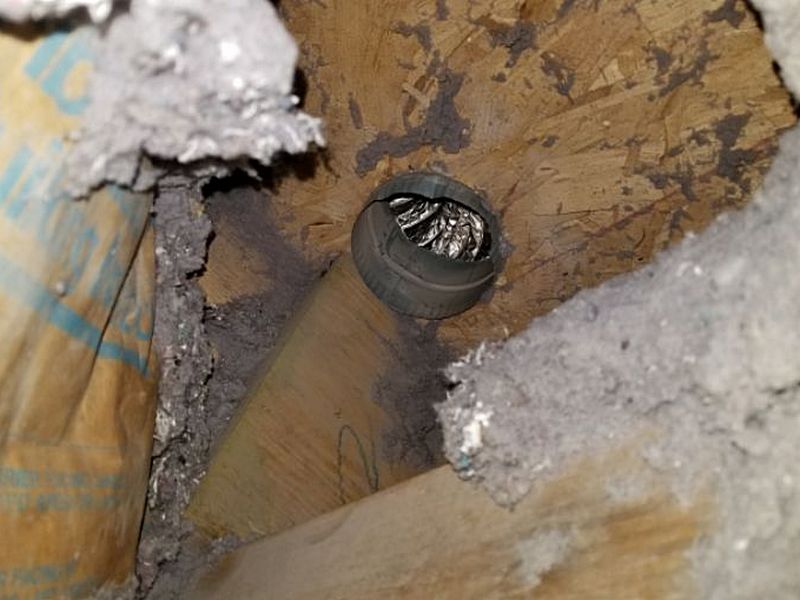
The dryer’s vent terminates into the attic. This creates moisture inside the attic and may cause mold or mildew problems. It is a fire hazard. Reroute the vent to the exterior.

The dryer’s vent exterior hood is damaged or missing. This is a safety hazard. Repair or replace the exterior hood.
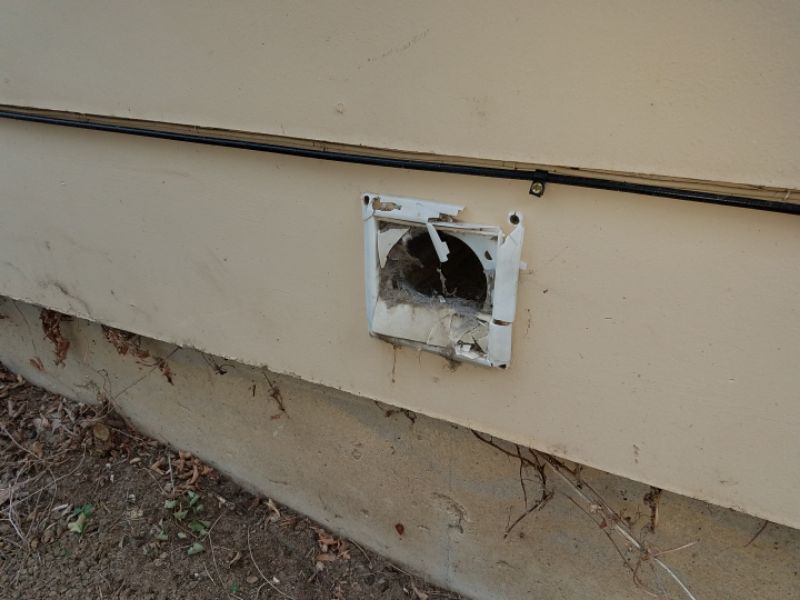
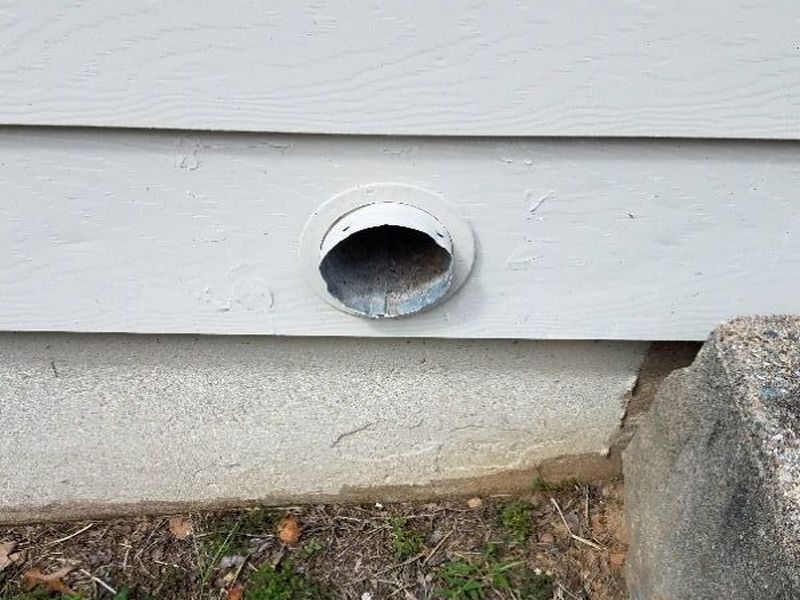
The dryer’s vent exterior hood is screened. This is improper as it can cause lint build-up and create a fire hazard. Remove the screen.

The dryer’s vent pipe is damaged. It will not provide adequate venting and can trap lint within it. This is a fire hazard. Replace the vent pipe.
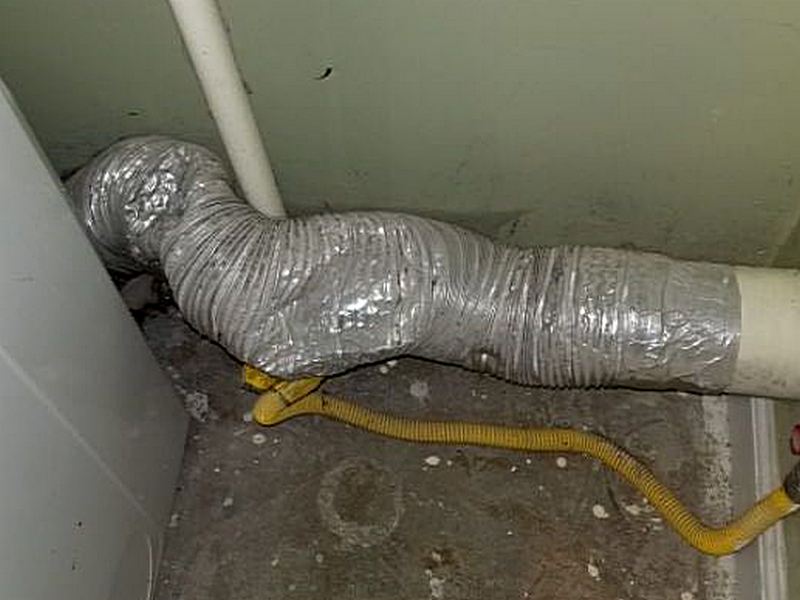
The dryer’s vent pipe has screws connecting the sections together. This can lead to buildup and clogging, which is a fire hazard. Repair or replace the vent pipe ensuring that the sections are taped together using a properly-rated product.

The dryer’s vent pipe sags, which will allow condensation and lint to collect and block the air flow. This is a safety concern and a fire hazard. Replace the vent pipe.
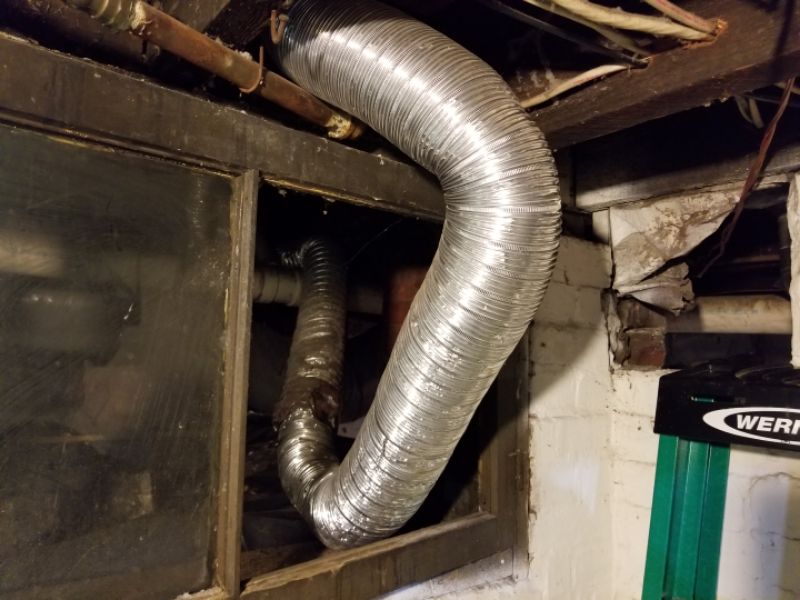
The dryer’s vent pipe is disconnected. This permits moisture inside of the house as well as possible pest intrusion. Connect the vent pipe.

The dryer’s vent is missing insulation where the duct passes through unconditioned spaces. This can lead to condensation on the inside of the vent and can allow ice to form and obstruct the vent. Install insulation.
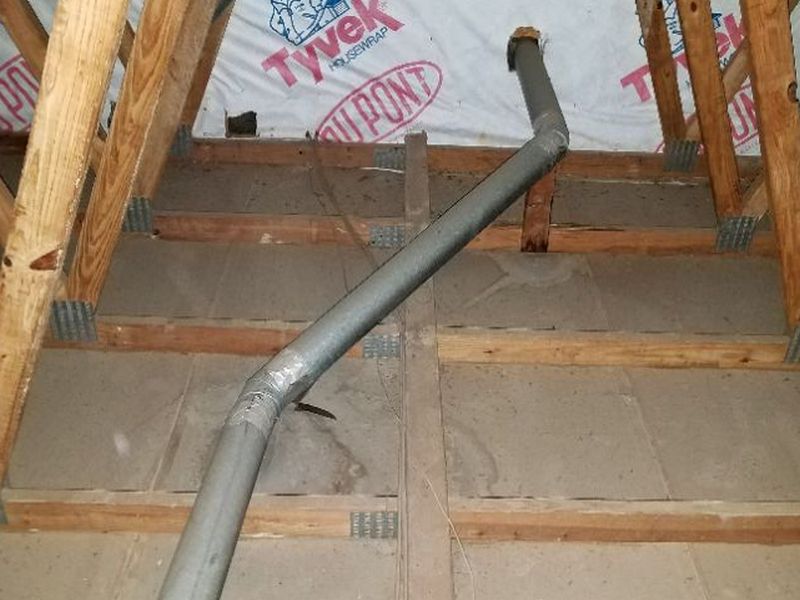
The dryer’s vent pipe is too long; vent pipes should not 35 calculated feet. Warm, moist air can condense inside the pipe and block proper exhaust. This is a safety concern. Replace and re-route the vent pipe.

